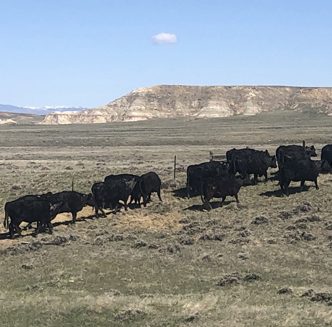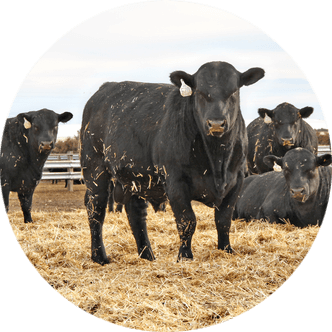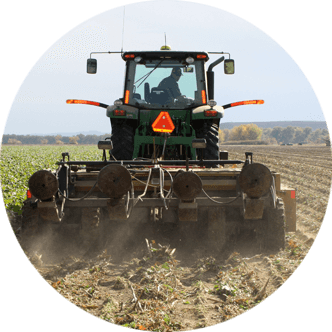Have a Plant: September recognized as National Fruits and Veggies Month
After long, sunlit summer days of weeding, watering and care, the first whispers of harvest float on the breeze, marking September as National Fruits and Veggies Month – a nationwide campaign dedicated to encouraging healthier diets through increased fruit and vegetable consumption.
Launched by the Produce for Better Health Foundation in 2019, the month-long celebration touts the slogan “Every Time You Eat, Have a Plant” and furthers public engagement by equipping participants with educational resources and other helpful information and tools.
Health benefits
Overall, the National Fruits and Veggies Month campaign recognizes the treasure trove of health benefits produce provides, including vitamins, minerals, fiber and antioxidants which are all essential for maintaining everyday wellness.
According to Harvard’s School of Public Health, a diet rich in fruits and vegetables can lower blood pressure, reduce the risk of heart disease and stroke, prevent some types of cancer, lower the risk of eye and digestive problems and have a positive effect on blood sugar levels.
The institute further claims eating non-starchy vegetables and fruits like apples, pears and leafy greens promotes weight loss by preventing blood sugar spikes, which decreases appetite.
Kansas State University (KSU) Food Scientist Karen Blakeslee reiterates these claims.
In an Aug. 29 article published by KSU’s Research and Extension News Service, Blakeslee says, “Consuming more fruits and vegetables lowers calorie intake, reduces weight gain and reduces the intake of high-calorie foods. Whether they are fresh, frozen, canned or dried, fruits and vegetables can be consumed year-round.”
Both the Harvard and KSU experts encourage individuals to eat a wide variety of produce to benefit from the different nutritional advantages they each provide.
The Harvard School of Public Health notes, “At least nine different families of fruits and vegetables exist, each with potentially hundreds of different plant compounds that are beneficial to health. Eat a variety of types and colors of produce in order to give your body the mix of nutrients it needs. This not only ensures a greater diversity of beneficial plant chemicals but also creates eye-appealing meals.”
In an effort to eat more fruits and vegetables, the Harvard School of Public Health recommends keeping washed and ready-to-eat fruit on the counter or in the fridge where it is easily accessible, exploring the produce aisle and frequently trying something new and trying new recipes that include more vegetables.
At each meal, Blakeslee recommends filling half of the plate with fruits and vegetables and mindfully choosing produce as a snack over something less nutritious.
Food waste and education
In addition, the national campaign comes with a reminder to cut food waste, citing Environmental Protection Agency data which claims nearly 40 percent of food waste occurs at home.
The Produce for Better Health Foundation recommends utilizing preservation methods like freezing, canning or pickling to minimize food waste and extend summer’s bounty into colder months.
Blakeslee further suggests adding perishable foods to casseroles, salads and/or soups; avoiding buying items in bulk that can’t be used quickly; preparing fresh produce so it is easy to grab as a snack and composting spoiled food instead of throwing it away.
“When shopping, plan meals and snacks to be a better shopper,” Blakeslee suggests. “Before going to the store, shop your kitchen first. Incorporate what you already have into your menu. Know your schedule and what your family likes to be sure fresh produce is used before it gets wasted.”
Through National Fruits and Veggies Month, the Produce for Better Health Foundation also offers a host of educational materials on their website at wicworks.fns.usda.gov.
Here, individuals can find a comprehensive list of local farmers’ markets throughout the U.S.; the Supplemental Nutrition Assistance Program-Eduction’s Seasonal Produce Guide, which offers nutrition facts, recipes and shopping and storage tips; the Special Supplemental Nutrition Program for Women, Infants and Children’s (WIC) Meals of the Month series, which includes recipes from WIC staff and encourages participants to share their own and a link to MyPlate, where individuals can find information on how much fruit and how many vegetables should be consumed daily, factsheets on the important health benefits of eating fruits and vegetables and interactive quizzes to reinforce nutritional education.
Hannah Bugas is the managing editor of the Wyoming Livestock Roundup. Send comments on this article to roundup@wylr.net.





